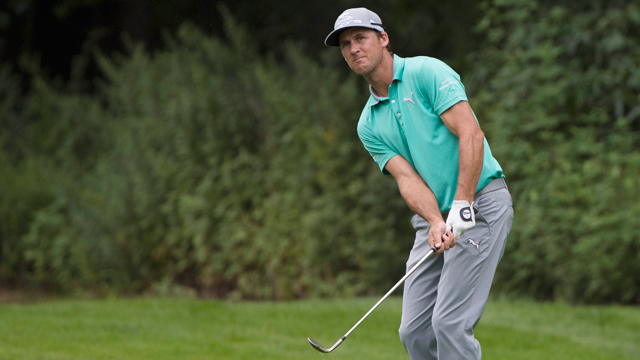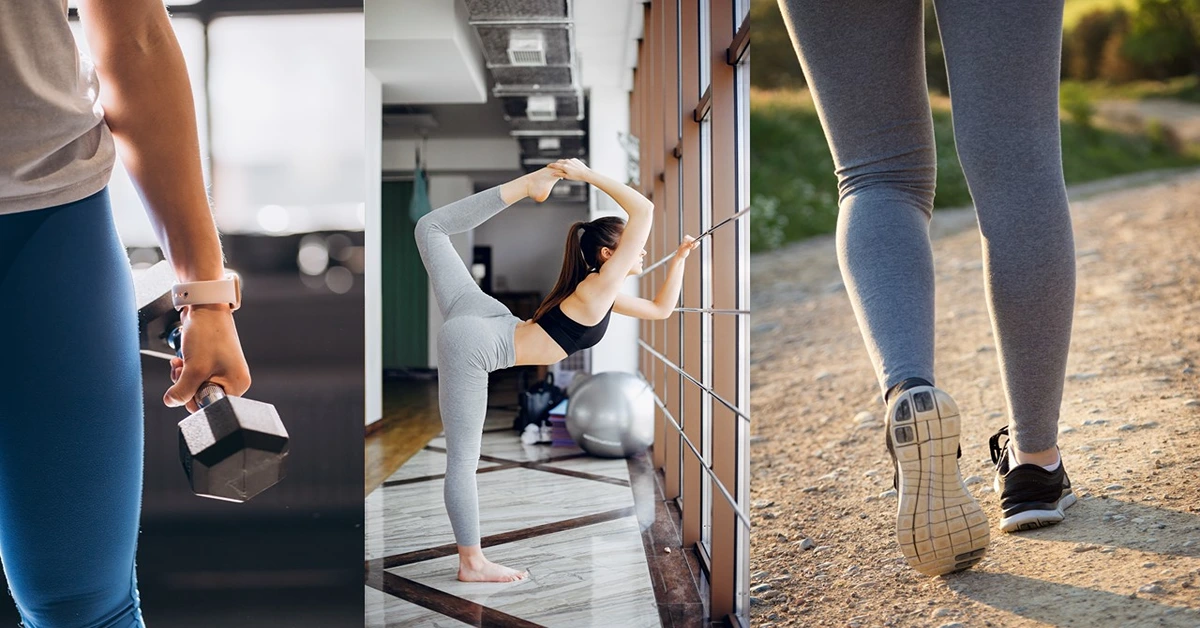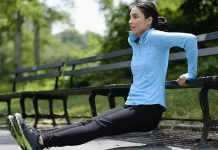Golf is more popular than soccer, volleyball, and tennis among children and adults. With so many potential Tigers at the tees, however, musculoskeletal injuries are more likely to occur.
Golf injuries happen at any part of the game. The most common injuries among amateurs are to the lower back. They’re caused by poor body mechanics, decreased strength, and poor posture.
The key to avoiding back injuries is understanding the human body and what the back goes through when actively performing a golf swing. The back is a group of building blocks stacked on top of each other. All of these blocks move individually while simultaneously moving together with all of the components.
The Modern Swing
Fundamental positioning is important during the swing. Setup should be comfortable and well balanced. Feet should be shoulder-width apart, knees flexed, back straight, and hips should be balanced, not sliding out laterally during the back-swing, which causes the spine to curve into a “reverse C” position, placing the back in an uncomfortable — and injury-prone — position.
Try to maintain the spine in as neutral a position as possible during the golf swing. This decreases the amount of strain and stress on the lumbar area. However, many of us are limited by tight hamstrings, which can make it difficult to get the spine into a neutral position.
Amateur players should look at golfing magazines and compare their own body position in the mirror to the pros. Look at Tiger Woods, Ernie Els, David Love III, and try to mimic their straight-back position. We may not be able to swing like them, but the basic set-up position is a good start.
To improve hamstring flexibility, place one foot on a golf cart seat with knee straight and leaning forward until the stretch is felt in the back of the leg. Do this stretch 2-3 times on each side, and hold each stretch for about 10 seconds. Remember to do a nice, easy stretch at the end of the game, too, when muscles are warm. Muscles are like rubber — the warmer they are, the easier they are to stretch.
One of the best tools to use for assisting a warm-up is a golf club. Hold the club overhead with arms straight. Slowly bend to the side to stretch muscles in the ribcage. You can also hold the club behind your back and perform slow, easy rotations while in your golf set-up, which will help warm up the low back musculature.
Endurance, cardiovascular conditioning, and posture are all as important as flexibility to improving a golf game. In the modern swing, where shoulders rotate more than the hips during wind and unwind, conditioning is crucial. Players are playing longer and the senior tour is at its hottest. People realize they need to stay in condition to participate in golf — it is a lifetime activity.






